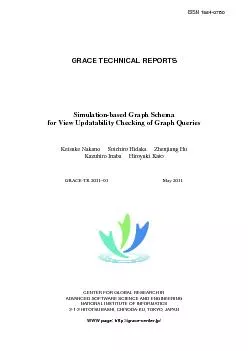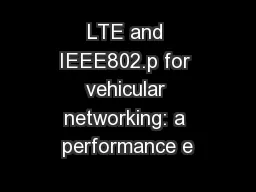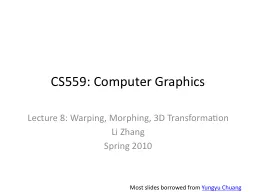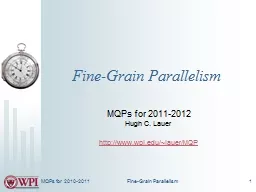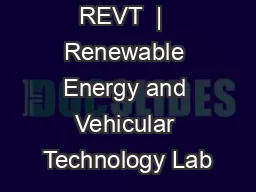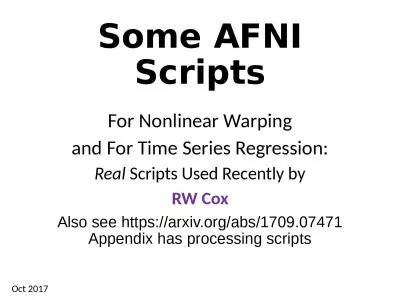PPT-Tracking Fine-grain Vehicular Speed Variations by Warping Mobile Phone Signal Strengths
Author : karlyn-bohler | Published Date : 2018-10-29
Presented by Tam Vu Gayathri Chandrasekaran Tam Vu Alexander Varshavsky Marco Gruteser Richard P Martin Jie Yang Yingying Chen WINLAB
Presentation Embed Code
Download Presentation
Download Presentation The PPT/PDF document "Tracking Fine-grain Vehicular Speed Vari..." is the property of its rightful owner. Permission is granted to download and print the materials on this website for personal, non-commercial use only, and to display it on your personal computer provided you do not modify the materials and that you retain all copyright notices contained in the materials. By downloading content from our website, you accept the terms of this agreement.
Tracking Fine-grain Vehicular Speed Variations by Warping Mobile Phone Signal Strengths: Transcript
Download Rules Of Document
"Tracking Fine-grain Vehicular Speed Variations by Warping Mobile Phone Signal Strengths"The content belongs to its owner. You may download and print it for personal use, without modification, and keep all copyright notices. By downloading, you agree to these terms.
Related Documents


